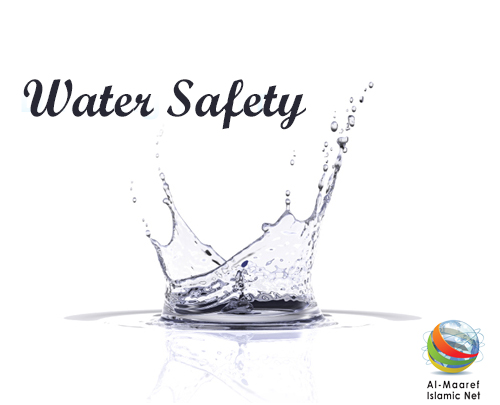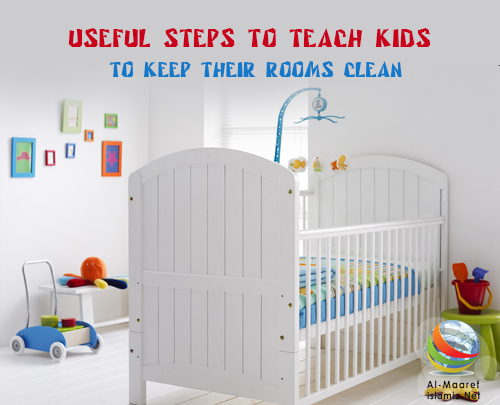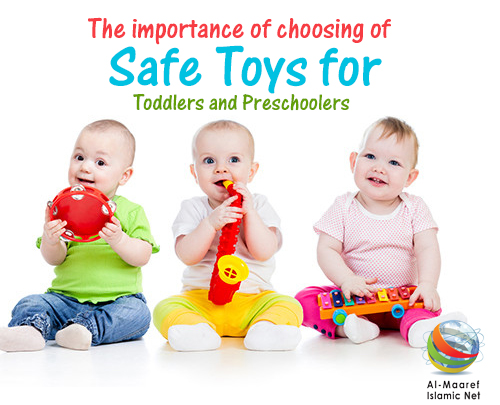What's in this article?
1. Keeping Kids Safe
2. Making Kids Water Wise
3. Water Park Safety
4. What to Do in an Emergency
Pools, lakes, ponds, and beaches mean summer fun and cool relief from hot
weather. But water also can be dangerous for kids if you don’t take the proper
precautions. Nearly 1,000 kids die each year by drowning. And most drowning
occurs in home swimming pools.
The good news is there are many ways to keep your kids safe in the water and
make sure that they take the right precautions when they’re on their own.
Keeping Kids Safe
Kids need constant supervision around water - whether the water is in a bathtub,
a wading pool, an ornamental fish pond, a swimming pool, a spa, the beach, or a
lake.
Young children are especially vulnerable - they can drown in less than 2 inches
(6 centimeters) of water. That means drowning can happen where you’d least
expect it - the sink, the toilet bowl, fountains, buckets, inflatable pools, or
small bodies of standing water around your home, such as ditches filled with
rain water. Always watch children closely when they’re in or near any water.
It’s a good idea to learn to swim, and kids older than 4 years should learn to
swim, too (check the local recreation center for classes taught by qualified
instructors). Younger children older than age 1 also may benefit from swimming
lessons, but check with your doctor first. And don’t assume that a child who
knows how to swim isn’t at risk for drowning. All kids need to be supervised in
the water, no matter what their swimming skill levels. And infants, toddlers,
and weak swimmers should have an adult swimmer within arm’s reach to provide
"touch supervision."
Invest in proper-fitting, Coast Guard-approved flotation devices (life vests)
and use them whenever a child is near water. Check the weight and size
recommendations on the label, then have your child try it on to make sure it
fits snugly. For kids younger than 5 years old, choose a vest with a strap
between the legs and head support — the collar will keep the child’s head up and
face out of the water. Inflatable vests and arm devices such as water wings are
not effective protection against drowning.
At Home and at the Pool
Water safety precautions start in the home.
The bathroom is full of dangers for youngsters. Never leave a young child
unattended in the bathroom, especially while bathing - even if the child appears
to be well propped in a safety tub or bath ring. Put away all hair dryers and
other electrical appliances to avoid the risk of electrocution.
Hot water can also be dangerous, particularly for kids who are younger than the
age of 5. Young children have thinner skin than older kids and adults, which
means they burn more easily. Just 3 seconds of exposure to hot tap water that’s
140° Fahrenheit (60° Celsius) can give a child a third-degree burn.
You can reduce the risk of scalding by turning the water heater thermostat in
your home down to 120° Fahrenheit (49° Celsius) and by always testing the water
with your wrist or elbow before placing your child in the bath.
Outside the home, your awareness can go a long way in preventing accidents. Find
out where the water hazards in your neighborhood are. Who has a pool or water
spa? Where are the retaining ponds or creeks that may attract kids? Make
neighbors who have pools aware that you have a young child and ask them to keep
their gates locked.
* Source: kidshealth.org



















